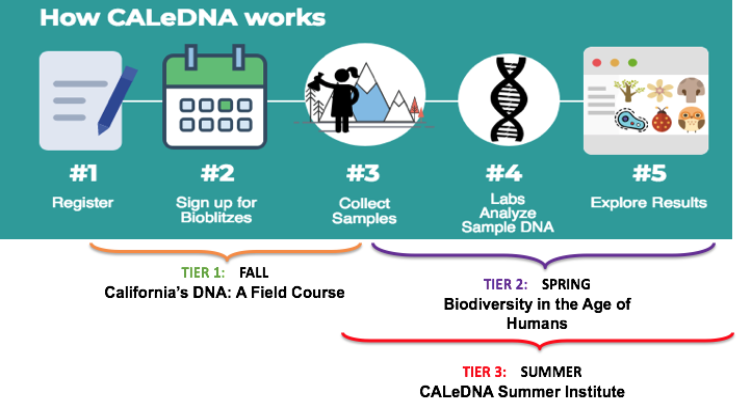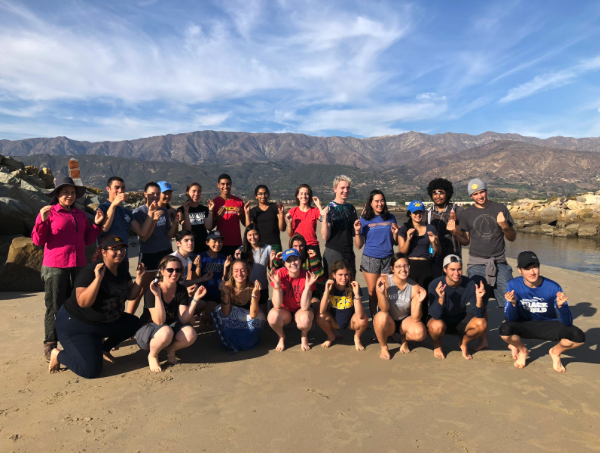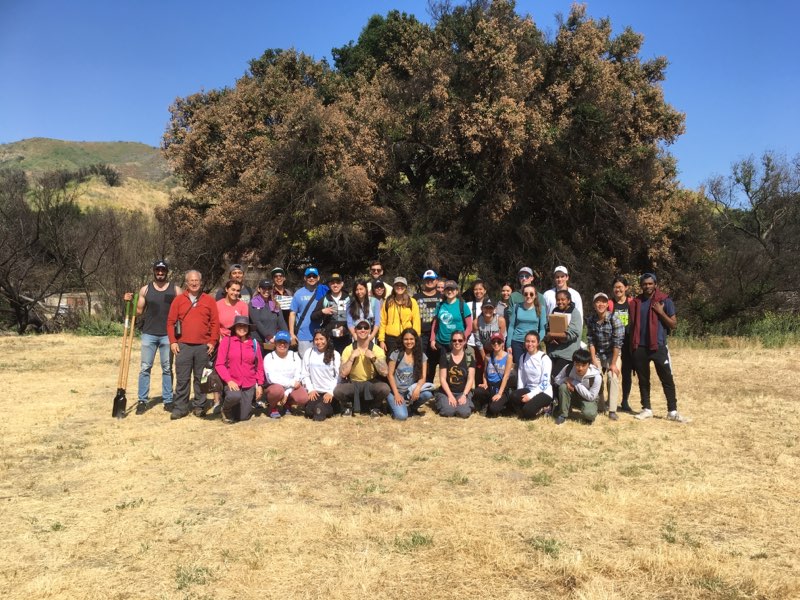Only 40% of students that enter US colleges and universities with the intention of majoring in STEM graduate with their intended degree (Olson and Riordan, 2012). Although it is known that student success and persistence in STEM can be increased by exp
Only 40% of students that enter US colleges and universities with the intention of majoring in STEM graduate with their intended degree (Olson and Riordan, 2012). Although it is known that student success and persistence in STEM can be increased by exposure to authentic research experiences during the first few years of undergraduate education (Eagan et al., 2013; Laursen et al., 2013; Russel et al., 2007), the logistics associated with such an endeavor can be complicated given limited availability of funds, space, and faculty mentors. As a response, Dr. Wayne and Dr. Beth Shapiro from UC Santa Cruz developed the Environmental DNA for Science Investigation and Education (eSIE) Program to grow and diversify the STEM workforce with students of diverse backgrounds through authentic research, hands-on field experiences and scientific investigation. The eSIE Program consists of three tiers which build on one another or can be independent experiences. Tier 1 is a one unit field based course where students learn scientific skills , become CALeDNA Community Scientists, and assess biodiversity through field methods and apps (e.g. iNaturalist, Kobo) on field trips to mountains, coasts, and forests. Students also meet with different expertise to learn more about natural history and different life science career paths. Tier 2 is a five unit “flipped” course, where students explore how humans have affected the Earth and its inhabitants with a twist. Students learn about environmental DNA and its many applications. Students work with eDNA data and learn how to ask and answer questions, read scientific literature, and develop professional skills. Tier 3 forms part of the CALeDNA Summer Research Program which includes an institute and internship. The institute is a week long crash course training on eDNA and the internship provides a stipend for independent research over the 10 weeks of summer.

We are also trying to measure gains for each class for scientific identity (an individual’s beliefs about their scientific abilities and whether they feel part of the scientific community), ecological identity (damage to nature is damage to the self), and professional identity (extent to which an individual has internalized the elements of a profession reflects the level to which professional identity is developed) after taking our course. These measures were chosen because both scientific and professional identity positively predict persistence of female and underrepresented undergraduates.
- Olson S, Riordan DG (2012). Report to the President. Executive Office of the President.
- Eagan MK Jr, Hurtado S, Chang MJ et al. (2013). Amer Edu Res J, 50, 683–713.
- Laursen S, Hunter AB, Seymour E, Thiry H, Melton G (2010). John Wiley & Sons.
- Russell SH, Hancock MP, McCullough J (2007) . Science, 316, 548–549.
 Student field trip to Carpinteria Salt Marsh, Carpinteria, CA on Oct. 2018. |
 Student field trip to Paramount Ranch in the Santa Monica Mountains, Los Angeles, CA on Apr. 2019. |